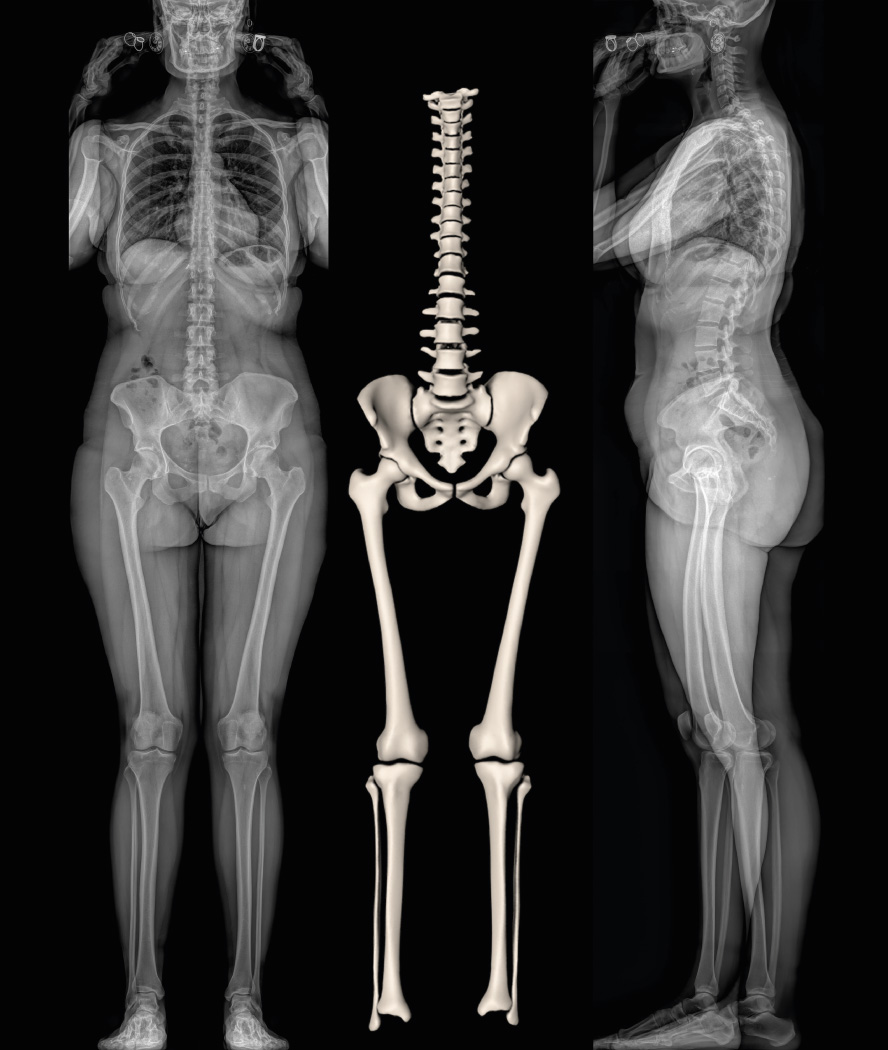Have you been told you have 1 leg longer than the Other? What should you do?
Do you have a leg length discrepancy (a difference in the leg length between right and left legs)?
 How many times have you been told your knee, hip, back or even shoulder pain is due to your leg length difference? This statement is commonly followed closely by a recommendation of numerous expensive therapy options to “correct the discrepancy”. Sound familiar? But does a leg length discrepancy really matter and how big does the difference need to be before it causes pain or dysfunction?
How many times have you been told your knee, hip, back or even shoulder pain is due to your leg length difference? This statement is commonly followed closely by a recommendation of numerous expensive therapy options to “correct the discrepancy”. Sound familiar? But does a leg length discrepancy really matter and how big does the difference need to be before it causes pain or dysfunction?
As experienced Physio’s, we regularly see clients presenting to clinic worried that their leg length discrepancy has caused their injury further up the body. It is commonly a “diagnosis” from a health practitioner who either observed a difference (eye-ball estimation) or maybe even measured it with a tape measure. This can lead a person to believe this is the root cause to their injury or may lead to injury further up the body sometime in the future.
Lets first discuss if a leg length discrepancy be accurately measured?
Numerous studies have demonstrated that clinical measurement (eg: tape measure or functional leg length tests) are grossly unreliable and not accurate. These methods can support a suspicion of leg length difference only and help guide decision making regarding further testing/measurement. The only method of accurately measuring true leg length discrepancy is by X-ray (EOS scan).
Is Leg length discrepancy abnormal?
A large 2005 medical review estimates 90% of people have a measurable leg length discrepancy and more than half of those have a difference greater than 5mm. It might be more accurate to state that it is NORMAL TO HAVE A LEG LENGTH DIFFERENCE.
So, when does a leg length discrepancy become relevant?
This is the million-dollar question that a lot of clever researchers have investigated over the years. The same 2005 review article examined all the previous research into leg length discrepancies and concluded that up to 2cm is likely to be normal (eg: not clinically significant). Importantly, it is estimated only 1 in 1000 demonstrate a discrepancy larger than 2cm. It is well accepted that the human body is naturally robust enough to accommodate <2cm discrepancy in leg length by changes to alignments up the body, such as changes in muscle length. The body is beautifully adaptable to compensate for this.
So does greater than 2cm mean I will have problems and how do I fix it?
 Having a leg length discrepancy of greater than 2cm does not guarantee you will have associated pain or injury as a result. However, people with leg length discrepancy greater than 2cm certainly do start to report a higher incidence of pain and injury compared to those who have less than 2cm difference.
Having a leg length discrepancy of greater than 2cm does not guarantee you will have associated pain or injury as a result. However, people with leg length discrepancy greater than 2cm certainly do start to report a higher incidence of pain and injury compared to those who have less than 2cm difference.
As physiotherapists it is our role to determine if the leg length difference is related to your presenting pain or injury before attempting to address it. If a TRUE (measured via Xray EOS) leg length difference is considered relevant to your presenting complaint, then the mainstay of management is centred around orthotic devices or shoe modification to help address the difference. In the rare instances this is required, your physio or podiatrist can help find the best solution for you.
If you need further advice or a discussion around your presenting symptoms, our Physio’s or Sports Physician can help you. Call us for an appointment on 07 55006470 or Book Online.
Cheers from the Team
